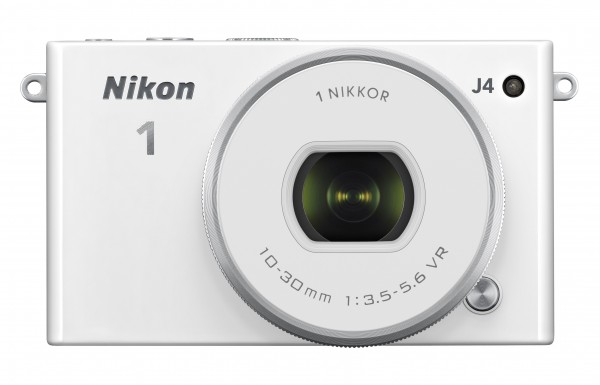The mirrorless market has not exactly taken over the world but it is a growing segment as consumers are attracted by the smaller and lighter alternatives to the ubiquitous digital SLRs.
Nikon’s own mirrorless system, called Nikon 1, recently added the new J4 shooter to its list. Unlike the V series cameras, the J series do not come with an electronic view finder (EVF) so this looks like an entry level camera in the field.
Compared to the previous J series cameras, there are some improvements. These include a touch screen, a sensor resolution boost from the J3’s 14.2 megapixels to 18.4 megapixels and more focusing points with 171 points to ensure focus accuracy. There is also the addition of Wi-Fi connectivity and the company’s new Expeed 4A image processor.
Handling-wise, the camera is typical of most compact cameras. It feels small with my fourth finger providing the support while my middle finger and thumb grips the camera. The top plate can be accessed easily using my index finger and the mode wheel is reachable using my thumbs. The back wheel and buttons, however, require both hands to get to.

As the rear screen is touched-enabled, the J4 allows users to change the settings just by swiping a thumb. For example, in A mode, I can just get to the aperture setting through an on-screen button, then drag the virtual bar on the right side of the screen to change the settings.
There is also a new feature that Instagram users would appreciate. The creative palate allows users to choose different colour filters just by turning the wheel. They can preview the effect in real time, just before taking the picture.
Still, the J4 is not as convenient as I’d like, when changing between modes, say, from Aperture to Miniature Effect. I have to click on the function button on the wheel and then use the touch screen to enable the change.
During my tests, the touch screen was also not always very responsive, marring the user experiencing. The fastest way was still to make changes on the mode dial.













The J4 has certainly improved with the new image processor. In everyday shots, you will notice the faster focusing and better ISO noise control.
It helps that Nikon has priced it competitively as well. The J4 costs S$749 with the kit lens, while a twin lens kit that includes a 30-110mm f3.8-5.6 (81-297mm full frame equivalent) is going at S$999.
However, the less-than-satisfactory control mechanism and the barebones camera app could be deal breakers for some users who are particular about those features.
With high-performance compact cameras such as the Sony RX100 Mark III, Ricoh GR and Canon S120 vying for attention along with other mirrorless system cameras, the market is crowded with choices. Before splurging on a Nikon J4, it’d be wise to test out other options as well.








I have the J4, it takes great photos in good light, and low-light distortion has a kind of film quality to it, so images are still pleasing. I also love little cameras, so there is my bias. The display is bright and sharp, so viewfinder is not missed. Favorite lens is the 18.5, very adaptable to most of my shooting needs. Thanks for a great review.
I love little cameras. The cuter the better but the tiny sensors can really ruin it.